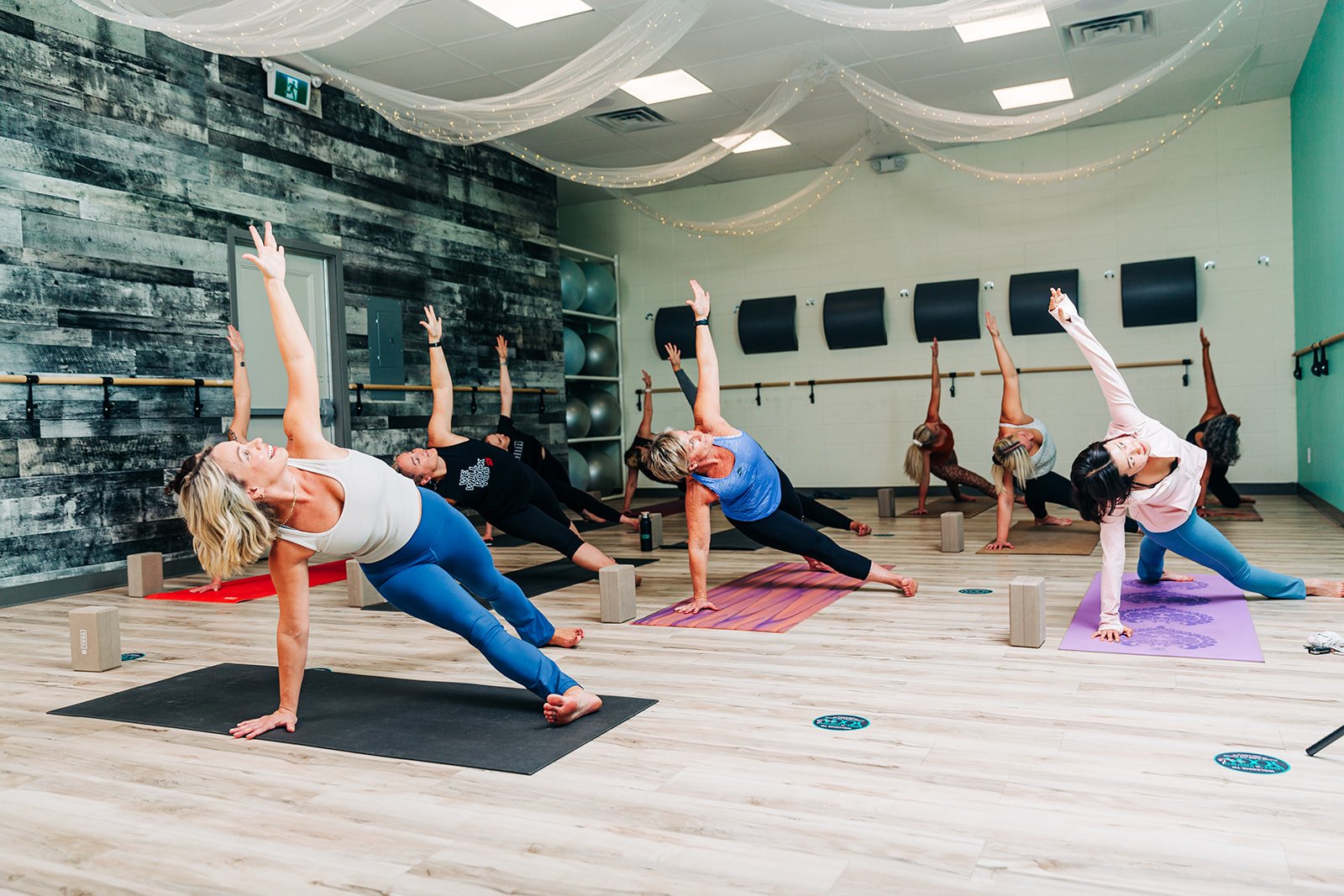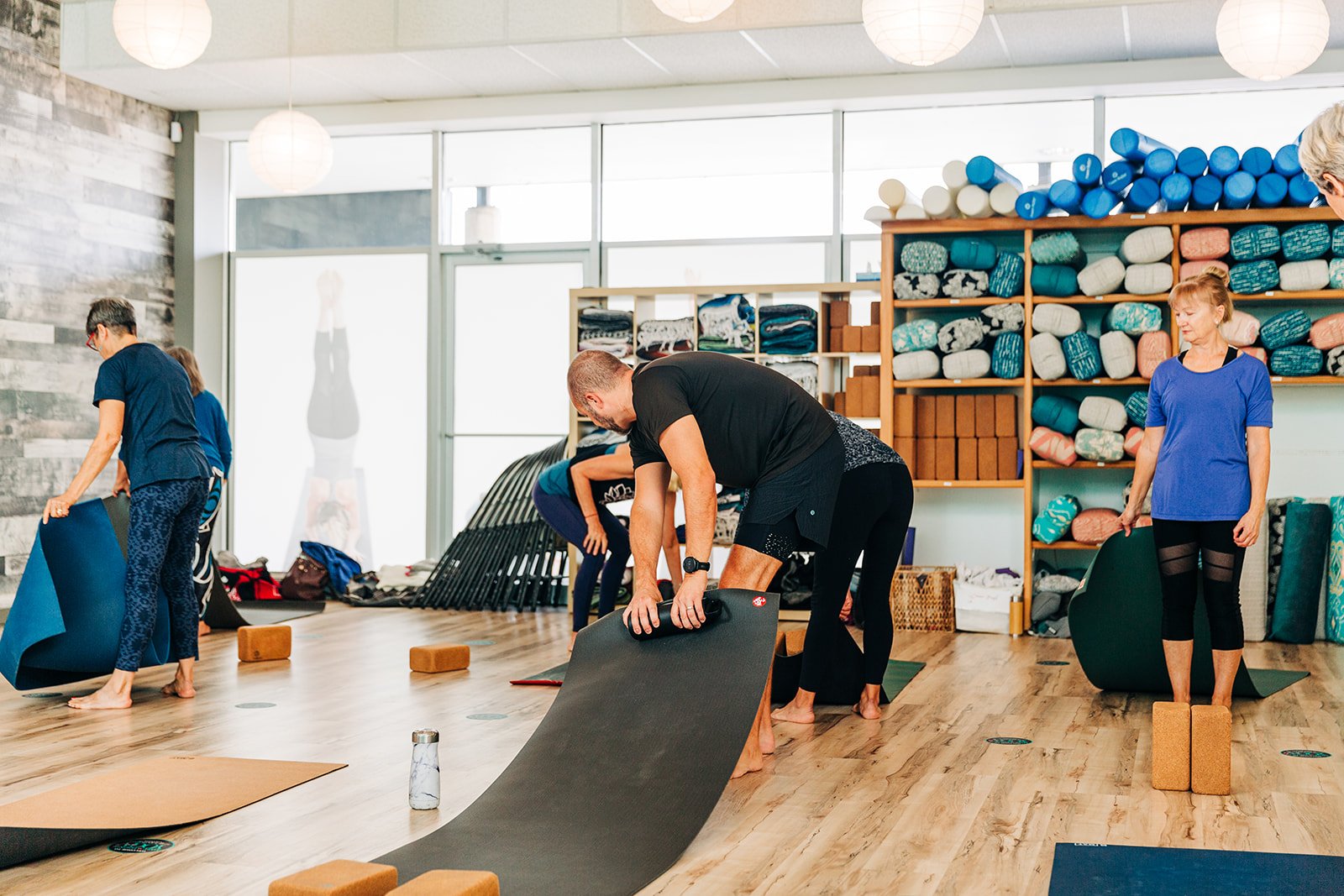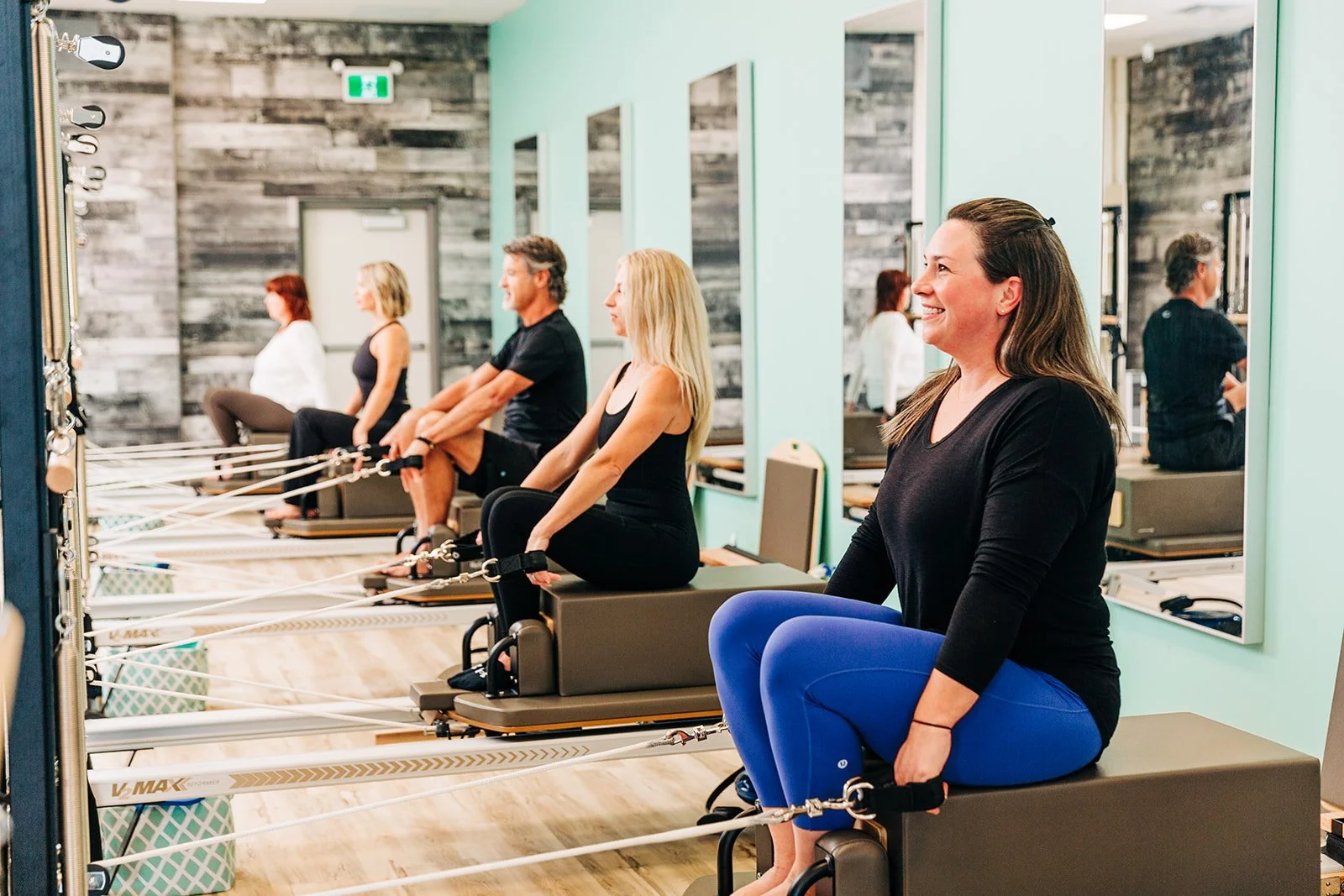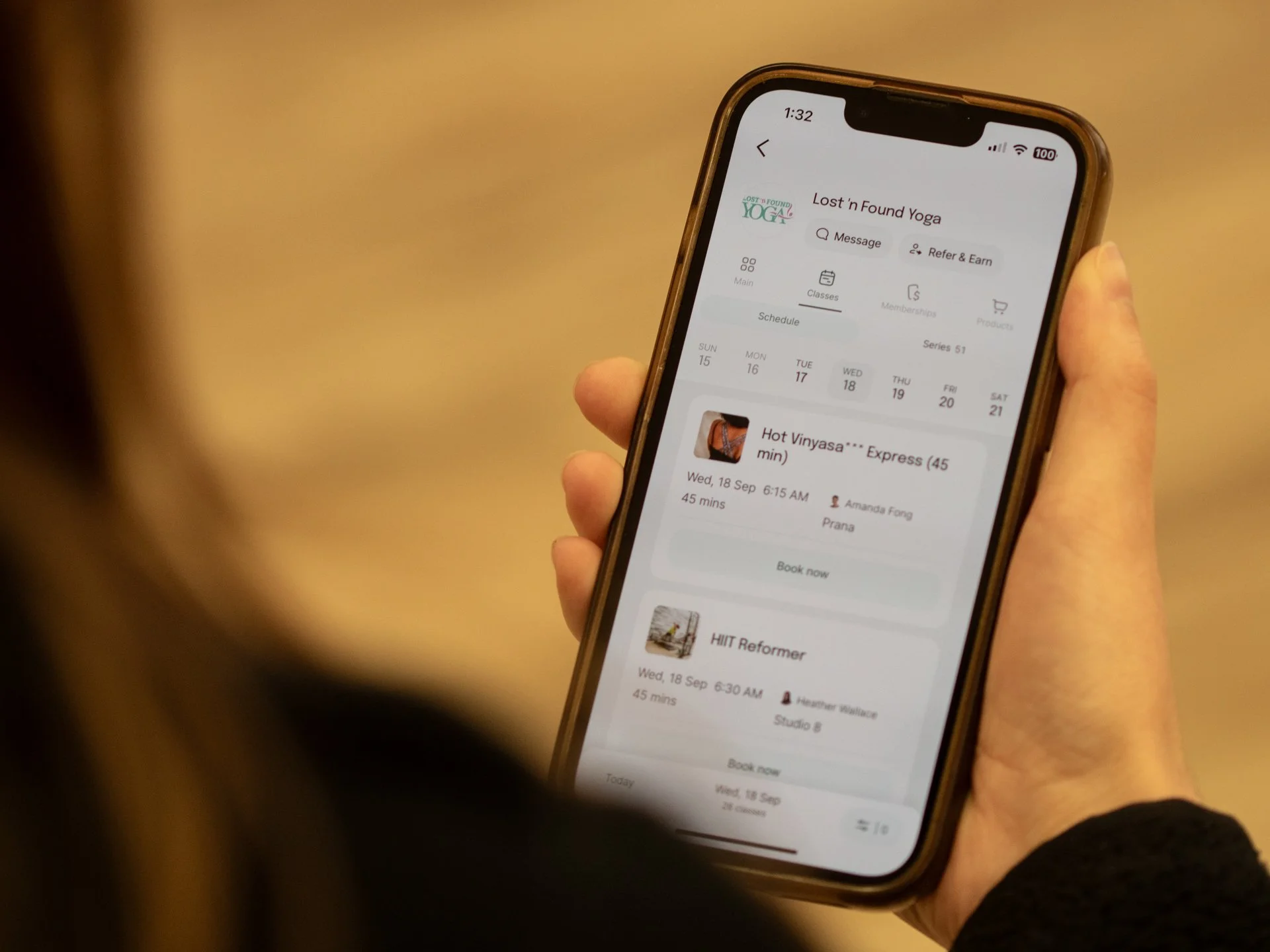
Find yourself on your mat.
Niagara’s Premiere Yoga & Pilates Studio in St. Catharines, Ontario
“Come beautiful, come broken, come as you are, you are welcome here.”
Lost ‘n Found Yoga is a one of a kind yoga and Pilates studio like no other. Here, you will find a welcoming community within a large, multi-room studio at the Grantham Plaza in St. Catharines. We show up as we are and we welcome you wherever you are on your movement journey. We offer beginner yoga & Pilates classes for those who have never tried yoga or Pilates before and advanced classes and workshops for experienced practitioners that want to go deeper in their practice.
With 175+ yoga and Pilates classes offered every week, there is always a class for you to try. Our students come from all walks of life, from on-the-go working moms and dads, students from Brock University or Niagara College, retirees of all ages and many more. Whether you want to stay in shape, de-stress, work on yourself, increase mobility, reduce pain, connect with others or simply relax, you are welcome in our community at Lost ‘n Found Yoga.
Introductory Offers
Introductory Offer for Yoga & Mat Pilates
14 days of unlimited classes for first time clients for just $39!
New to Lost ‘n Found Yoga? Receive your first two weeks for just $39! Start any day you like and receive 14 days of unlimited access to explore our Yoga and Mat Pilates Drop In Schedules, our studio and our community!
$39 +HST
Introduction to Reformer Pilates
Learn reformer Pilates in our 5 week introductory session for $99
Reformer Pilates is a game-changer for the body! Ready to bring your body into a new era of mobility and strength? Never used a reformer before? This is where you belong! Intro to Reformer Pilates teaches basic exercises and safe operation of the reformer.
$99 +HST
Book Your Class
PIck your path! Choose your desired class schedule from the buttons below.

Pricing & Memberships
We offer unlimited memberships, limited use memberships, class packs and more. Find the membership that best fits your lifestyle!
What People are Saying

Hey, are you new around here?
We are so happy you are here! We have many different starting points here at the studio, including beginner yoga or mat Pilates, Intro to Reformer Pilates, private reformer Pilates sessions and even physiotherapy using Reformer Pilates exercises. Click the button below to help you decide on where you would like to start!
Our Story
Lost ‘n Found Yoga has gone through many different changes during it’s time here in St. Catharines. The studio was founded by Sarah Giovannone in 1999 and was originally called Yoga by Sarah. In 2017, April & Bill Janzen took over and in 2019 they rebranded the studio to Lost ‘n Found Yoga. Learn more about our history, our community, and the mission and vision of our studio by clicking the button below!
Download the Lost ‘n Found Yoga App today!
Download the Lost ‘n Found Yoga app and you will be able to book your classes in advance, cancel out of class before the required time frame, check your schedule, purchase memberships/class packs and chat directly with our front desk staff!








